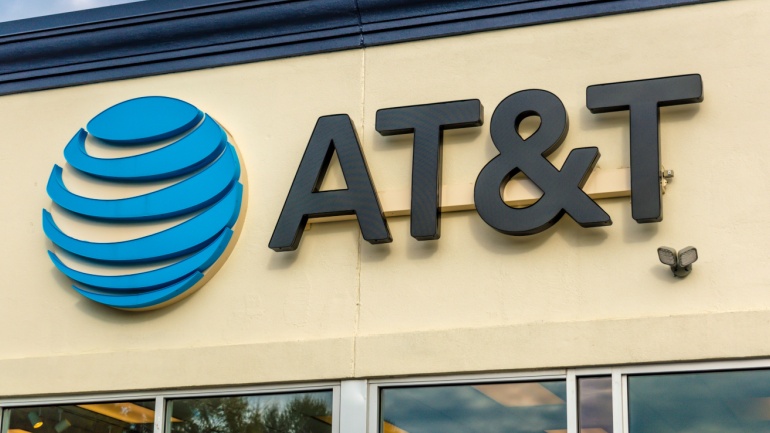AT&T has finalized the sale of its cybersecurity division, marking a pivotal moment in the company’s strategic realignment. The division has been transitioned into a new independent entity known as LevelBlue, backed by majority owner WillJam Ventures. This move sees LevelBlue emerge as a standalone managed cybersecurity services business with a global presence spanning 10 countries and boasting a workforce exceeding 1000 employees.
Ooma, Inc., a leading communications platform, has introduced its AirDial® service in Canada, providing a crucial solution for businesses affected by the phase-out of Plain Old Telephone Service (POTS) across the country. The move comes as major Canadian providers like Bell Canada and TELUS are set to decommission their copper networks, marking the rapid decline of POTS nationwide. This “copper sunset” poses challenges for businesses reliant on POTS for critical equipment such as fire alarms, elevators, and building entry systems.
In a strategic move bolstering its presence in broadband access, DZS, a US-based company, has finalized the acquisition of NetComm from Casa Systems for up to $10 million. This acquisition comes on the heels of Casa’s recent divestment of its 5G and cable businesses, marking the conclusion of its restructuring efforts.
Nokia, a leading telecommunications equipment provider, has secured a significant deal with German alternative network operator Deutsche Glasfaser to enhance its fixed access and IP network services. This partnership aims to expand Deutsche Glasfaser’s existing network infrastructure to reach a target of 6 million homes, tripling its current coverage of 2 million homes across Germany.
Ericsson, a global leader in telecommunications technology, unveiled a strategic move on Monday, as it announced the signing of a memorandum of understanding (MoU) with Umniah, a prominent telecom operator in Jordan. The collaboration aims to bolster Umniah’s 3G and 4G network infrastructure in major cities throughout the country.
Mavenir, a leading cloud-native network infrastructure provider, has announced a landmark five-year Strategic Collaboration Agreement (SCA) with Amazon Web Services (AWS) aimed at transforming the deployment of telecom workloads on the AWS platform. This strategic collaboration will involve joint efforts to optimize Mavenir’s technology for seamless development, testing, integration, and application of cloud-native solutions, leveraging AWS’s high availability, scalability, and security capabilities.
In response to the escalating demand for cloud services across public and private sectors in Italy, TIM, the leading telecommunications provider, has announced a strategic collaboration with Oracle. This partnership aims to integrate Oracle Cloud Infrastructure (OCI) into TIM’s managed cloud services, marking a significant step towards meeting Italy’s evolving cloud requirements.
Versa upgraded its SASE platform with advanced AI to bolster threat detection, accelerate remediation, and improve data protection.
NordVPN’s study shows over 54 billion leaked cookies on the dark web, highlighting how cookies have become a major target for hackers.
Greenlight introduces new affordable multi-gig fiber services designed for SMBs. RingCentral introduces innovative platform features integrating AI, video, and social messaging into workflows.
Matthew Riley, the CEO of Daisy Group, a leading UK IT services company, is reportedly on the brink of finalizing a merger deal with Wavenet, a communication and technology solutions provider based in the UK. According to sources disclosed to Sky News, the merger is in its final stages.
Luxembourg-based satellite operator SES has revealed plans to purchase rival Intelsat in a landmark deal worth €2.8 billion. The move, unanimously approved by the boards of both companies, is set to create a formidable multi-orbit operator poised for expanded global coverage and innovation.













